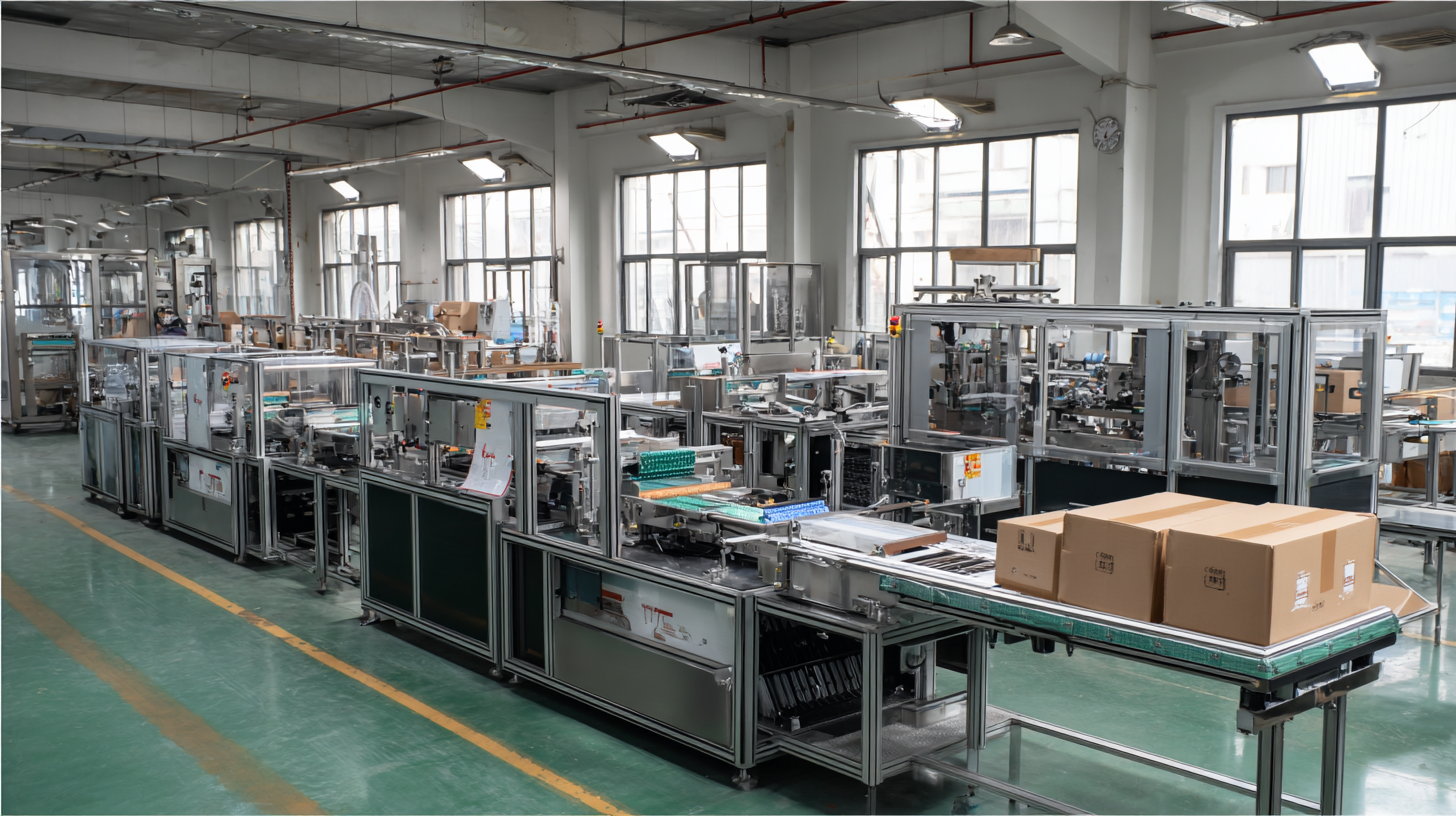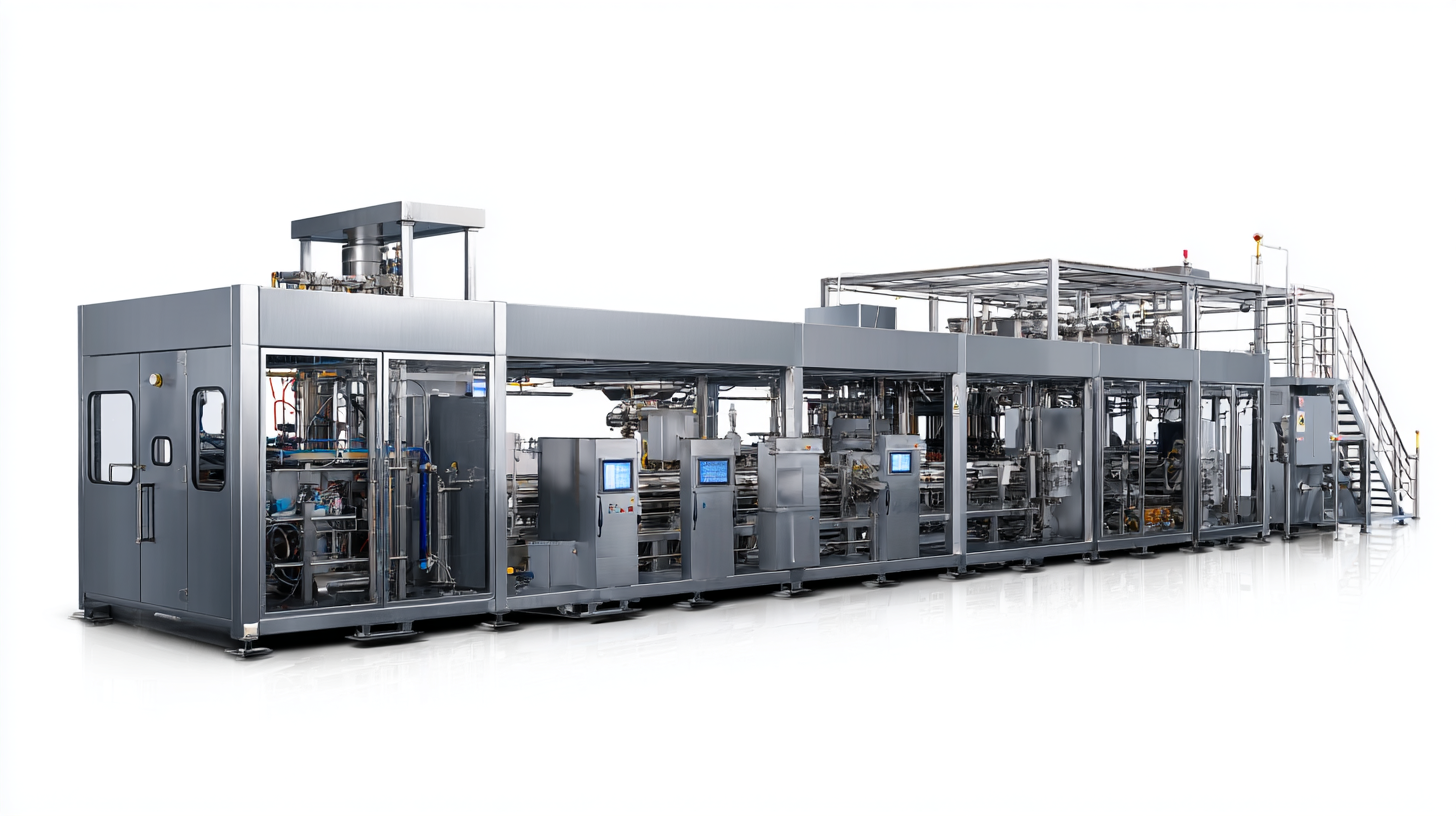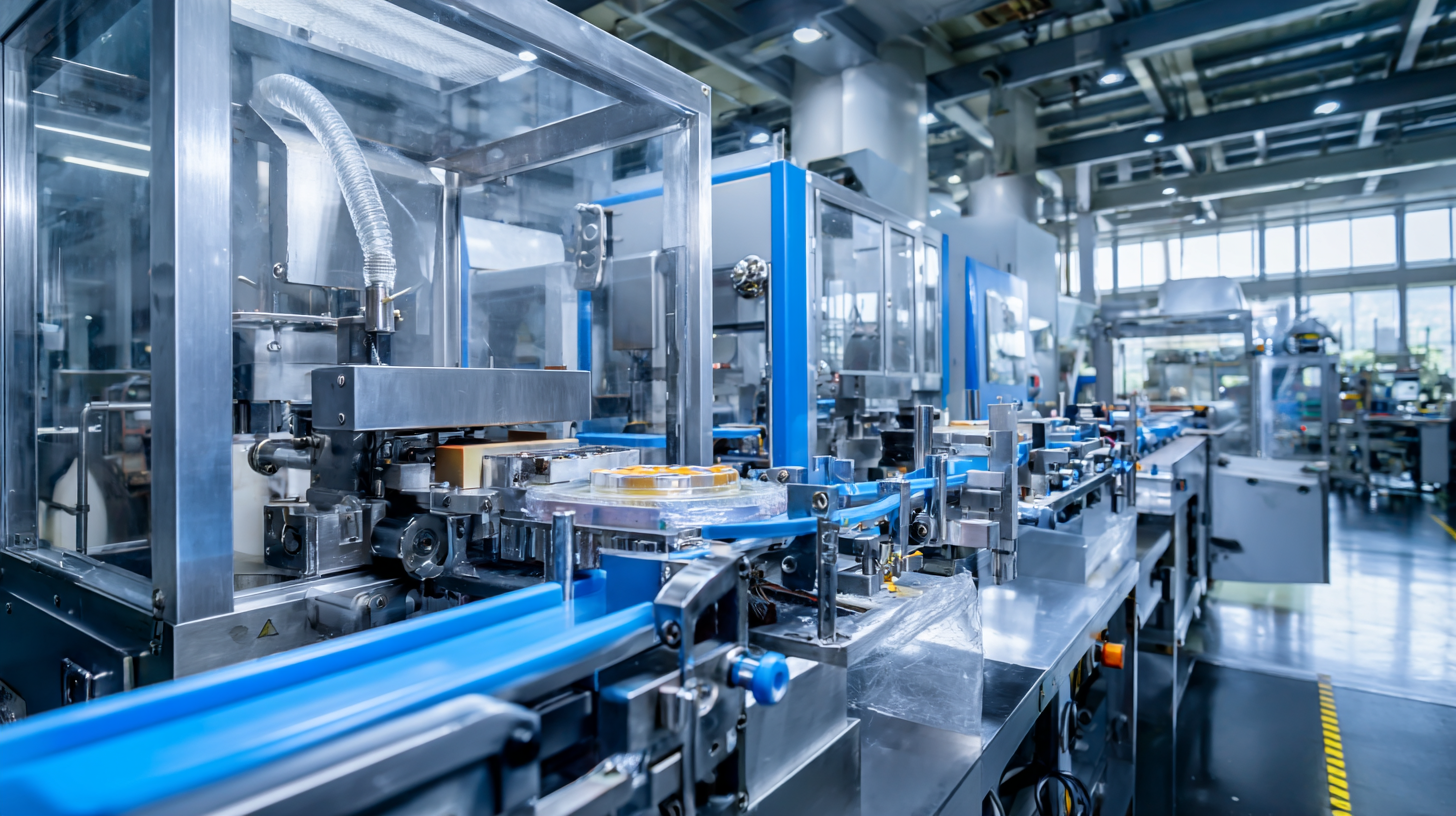Global Certification Trends in Food Packaging Equipment 2023 Insights for Buyers
In 2023, the global food packaging equipment market continues to evolve, driven by increasing demand for sustainable packaging solutions and stringent food safety regulations. As reported by Smithers Pira, the market is projected to reach USD 59.4 billion by 2025, showcasing a compound annual growth rate (CAGR) of 4.5%. This growth presents significant opportunities for buyers, especially in China, where a focus on quality and international export has positioned the country as a leader in manufacturing advanced food packaging equipment.

With rising consumer expectations for quality and safety, understanding global certification trends becomes crucial for businesses looking to optimize their supply chain and ensure compliance with international standards. Emphasizing innovative designs and sustainable practices, the landscape of food packaging equipment is set to transform, offering insights that are essential for stakeholders aiming to stay competitive in this dynamic market.
Emerging Global Certification Standards in Food Packaging Equipment for 2023
As we navigate through 2023, the food packaging industry is witnessing a significant evolution in global certification standards. These emerging standards are not only aimed at enhancing food safety but also at addressing sustainability and environmental concerns. Key regulatory bodies across various regions are implementing stringent guidelines that require food packaging equipment to comply with specific safety and efficiency criteria. Buyers must stay informed about these changes to ensure that their packaging solutions meet both local and international requirements.
One notable trend is the increased emphasis on certifications that address environmental impact. With consumers becoming more eco-conscious, manufacturers are now striving to meet standards that promote sustainable practices. Certifications like ISO 22000 and others that incorporate a lifecycle perspective are becoming essential. Buyers should be proactive in seeking equipment that is certified not just for food safety but also for its environmental footprint, aligning with the growing demand for responsible packaging solutions. Understanding these trends will empower buyers to make informed decisions that contribute to a safer and more sustainable food packaging landscape.
Key Market Influences Driving Certification Trends in China's Food Packaging Sector
In 2023, the food packaging sector in China is undergoing significant transformations influenced by various market trends that are reshaping certification requirements for equipment. One of the pivotal factors driving these changes is the rising demand for sustainability. According to the China National Packaging Association, around 60% of consumers consider eco-friendliness when purchasing food products. Consequently, manufacturers are urged to seek certifications that emphasize environmentally sustainable practices, such as the use of biodegradable materials and energy-efficient processes.
Another notable influence is the increasing regulatory scrutiny surrounding food safety. The China Food and Drug Administration (CFDA) has implemented stricter guidelines requiring food packaging equipment to meet enhanced safety standards. Reports indicate that the food safety certification market in China is projected to grow by 12% annually, highlighting the urgency for manufacturers to adapt to these regulations. As a result, investments in certified packaging solutions are viewed as essential to ensure compliance and maintain consumer trust in an evolving marketplace driven by both safety and sustainability.
Global Certification Trends in Food Packaging Equipment 2023
This chart illustrates the key influences driving certification trends in China's food packaging sector in 2023. The data reflects the percentage of industry players prioritizing each influence in their certification processes.
Impact of Quality Control on Global Export Success in Food Packaging Equipment
Quality control is a critical factor influencing the global success of food packaging equipment exports. As food safety regulations tighten across various markets, manufacturers must ensure that their packaging solutions meet international standards. Implementing robust quality control measures not only enhances product reliability but also fosters trust among global buyers. This trust is essential in a competitive landscape, where customers are increasingly demanding transparency and safety in their food products.
Moreover, quality control impacts not just compliance, but also operational efficiency. Effective quality assurance protocols can identify potential issues early in the production process, reducing waste, recalls, and negative customer feedback. Consequently, companies that prioritize quality control are better positioned to expand their market reach and enhance their brand reputation. As buyers look for partners who can consistently deliver high-quality packaging solutions, the emphasis on quality becomes a decisive factor in securing export opportunities.
Global Certification Trends in Food Packaging Equipment 2023 Insights for Buyers
| Certification Type | Region | Percentage Adoption | Impact on Quality Control |
|---|---|---|---|
| ISO 22000 | North America | 75% | High |
| BRCGS | Europe | 70% | Very High |
| FSSC 22000 | Asia-Pacific | 65% | High |
| SQF | Australia | 60% | Moderate |
| IFS | Latin America | 55% | High |
Navigating Compliance Challenges for Buyers in the Food Packaging Industry
Navigating compliance challenges in the food packaging industry can seem daunting for buyers, especially given the rapid evolution of global certification standards. Understanding these regulations ensures that products not only meet legal requirements but also align with consumer expectations for safety and sustainability. As buyers, it is essential to stay informed about the latest guidelines and certifications that govern food packaging equipment.

Tip: Regularly attend industry webinars and read publications related to food safety standards to keep up with changes. Engaging with professional organizations can also provide insights and networking opportunities, allowing buyers to share experiences and solutions to common compliance hurdles.
Another critical aspect is the selection of suppliers who are committed to maintaining high standards of compliance. Verifying that suppliers possess the necessary certifications can save time and resources in the long run. Leveraging technology to track compliance documentation and automate reporting processes can further streamline operations.
Tip: Develop a checklist for evaluating suppliers, ensuring they adhere to relevant certifications and industry best practices. This proactive approach will not only facilitate smoother transactions but also enhance your brand’s reputation for quality and safety in the marketplace.
Innovations Shaping the Future of Certified Food Packaging Solutions
In 2023, the landscape of food packaging equipment is being transformed by innovative technologies and stricter regulations, ensuring not just compliance but also efficiency and sustainability. The push towards eco-friendly materials and processes is at the forefront of these trends, as manufacturers seek certified solutions that mitigate environmental impact without compromising product safety. Smart packaging, which incorporates IoT devices, is emerging as a key player, enhancing traceability and ensuring optimal preservation of food products.

Tip 1: When selecting food packaging equipment, consider the environmental certifications and sustainability ratings. This can help align your product with consumer values and regulatory requirements.
Moreover, automation and robotics are reshaping the food packaging sector, streamlining operations and reducing human error. Technologies such as AI-driven quality control systems are being integrated to enhance packaging accuracy and efficiency. These innovations are not only improving productivity but also facilitating quick adaptation to changing consumer demands.
Tip 2: Keep an eye on industry certifications related to automation technologies. Investing in certified equipment not only boosts your operational efficiency but also ensures compliance with safety standards.
As businesses navigate these evolving trends, making informed decisions about certified food packaging solutions will be crucial for staying competitive in the marketplace.
